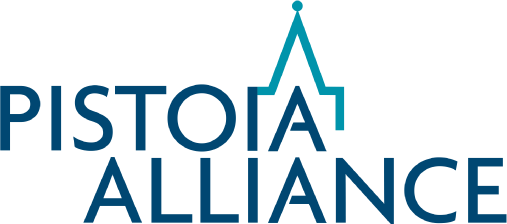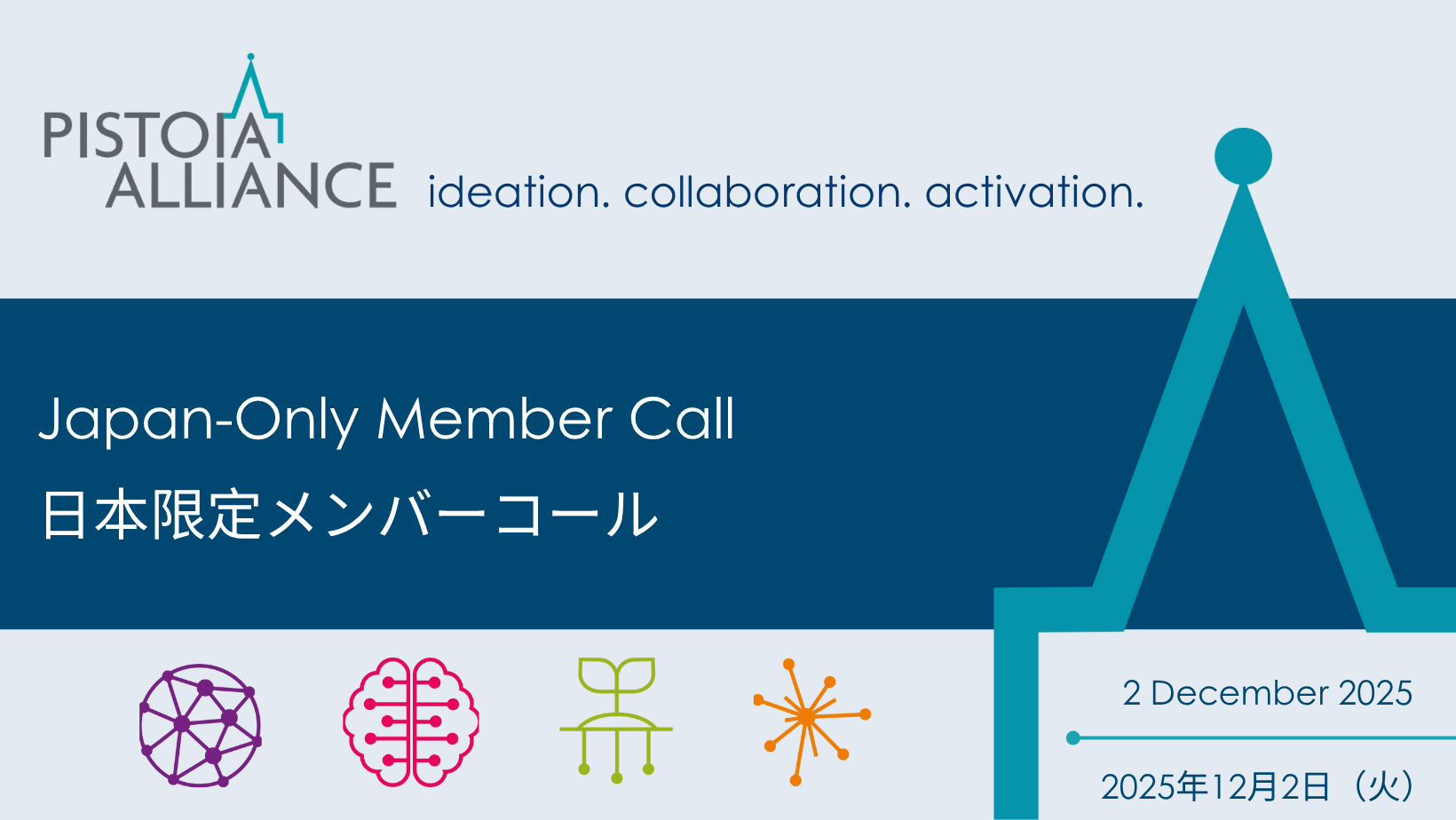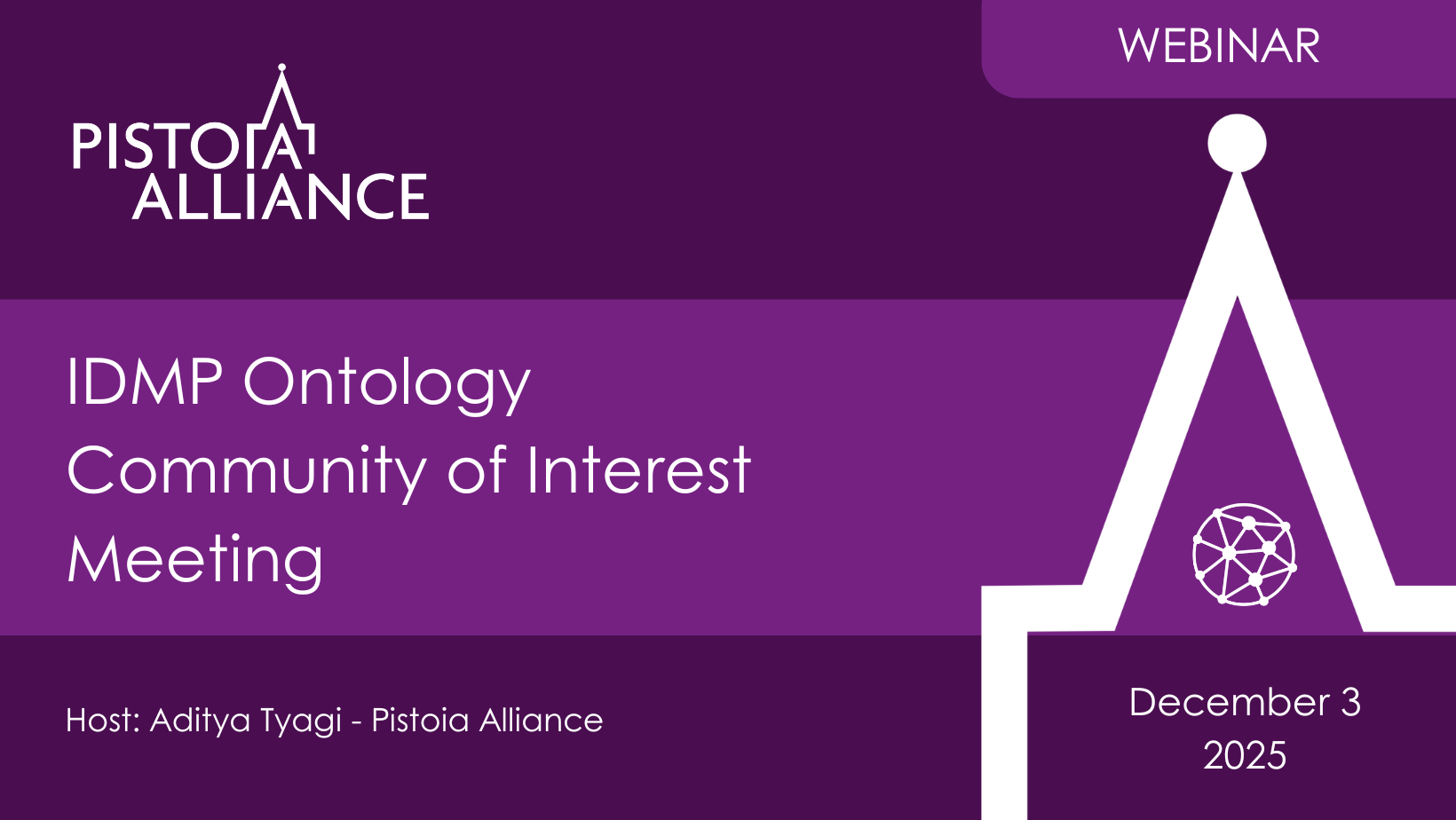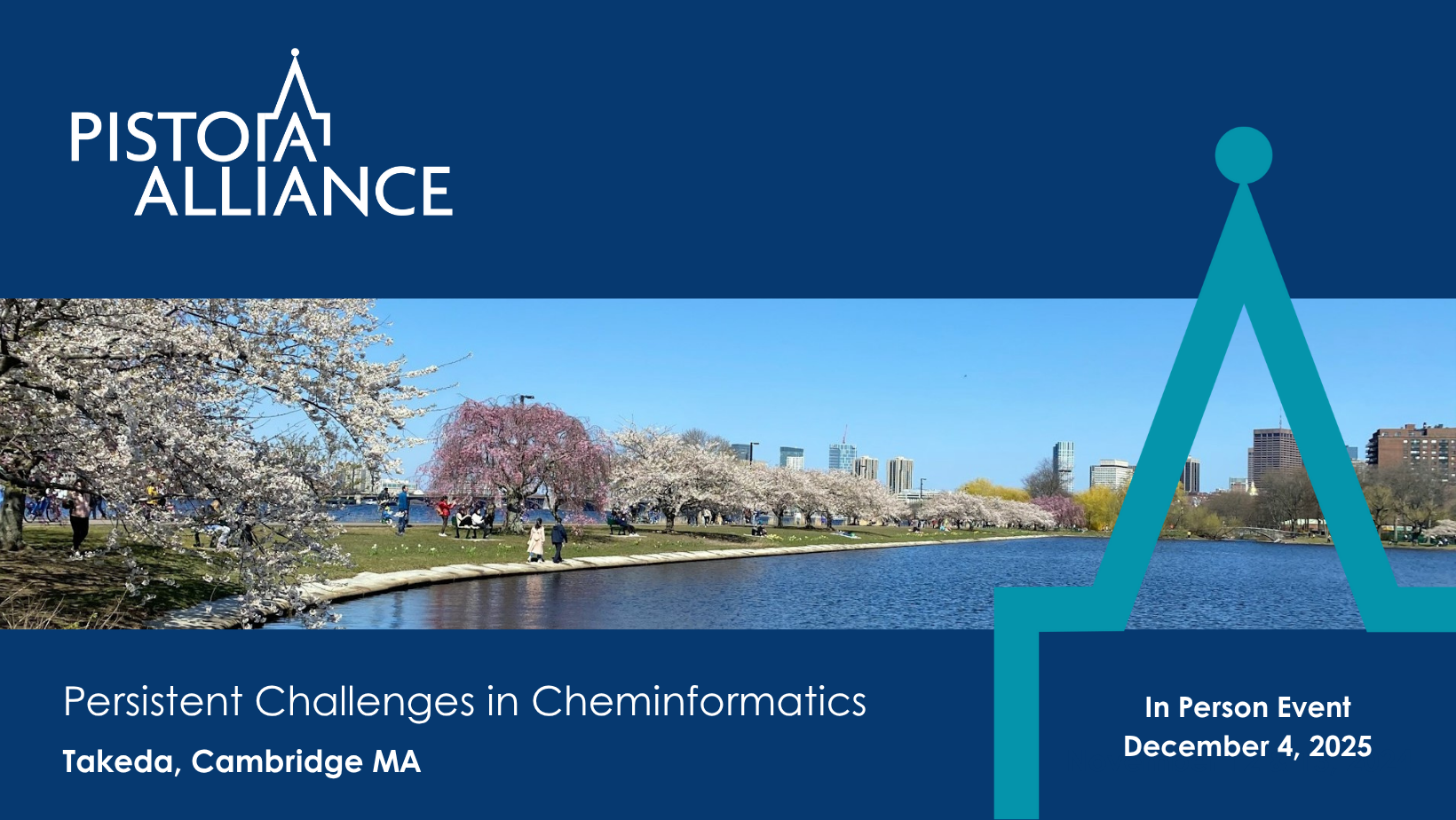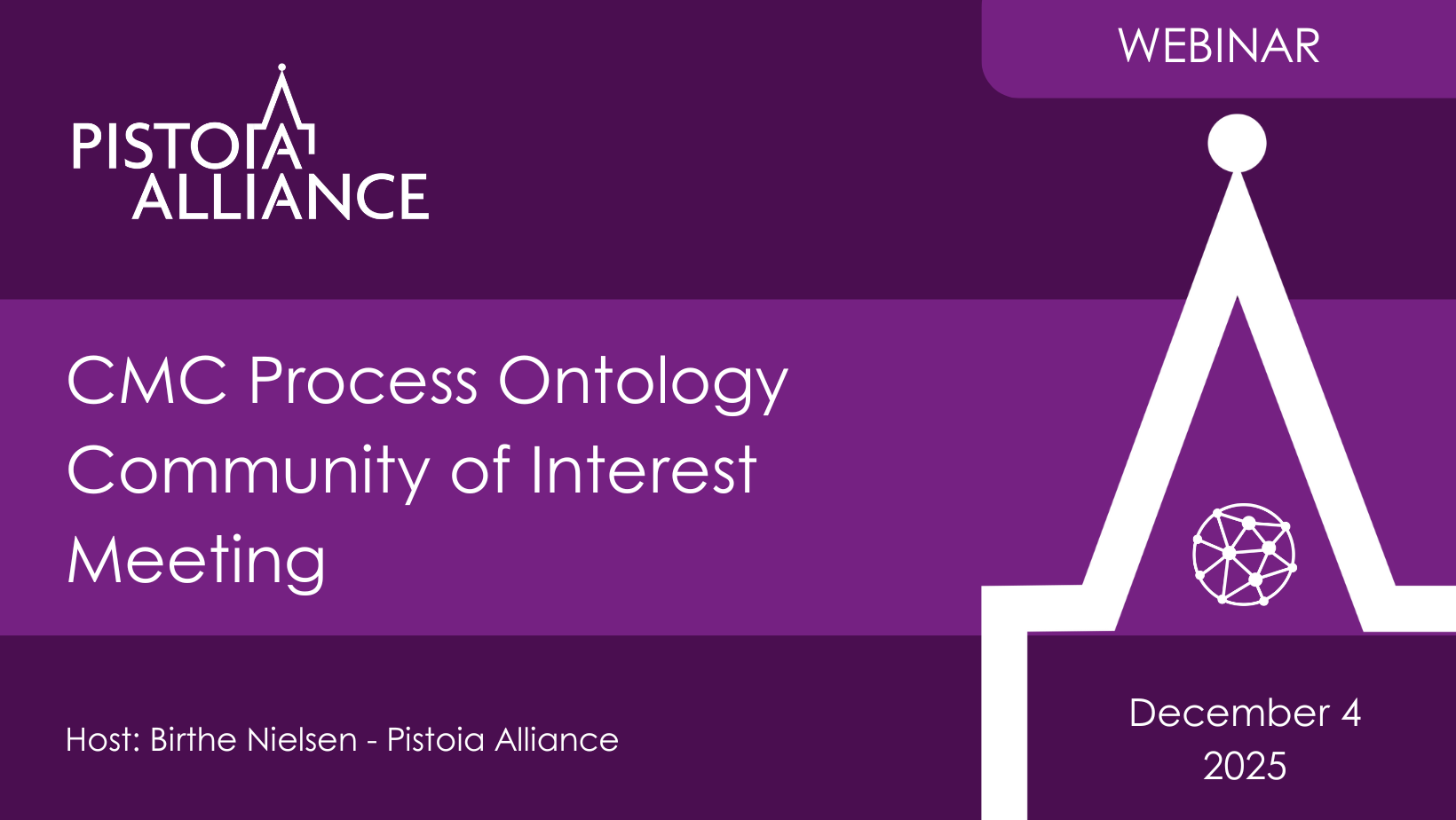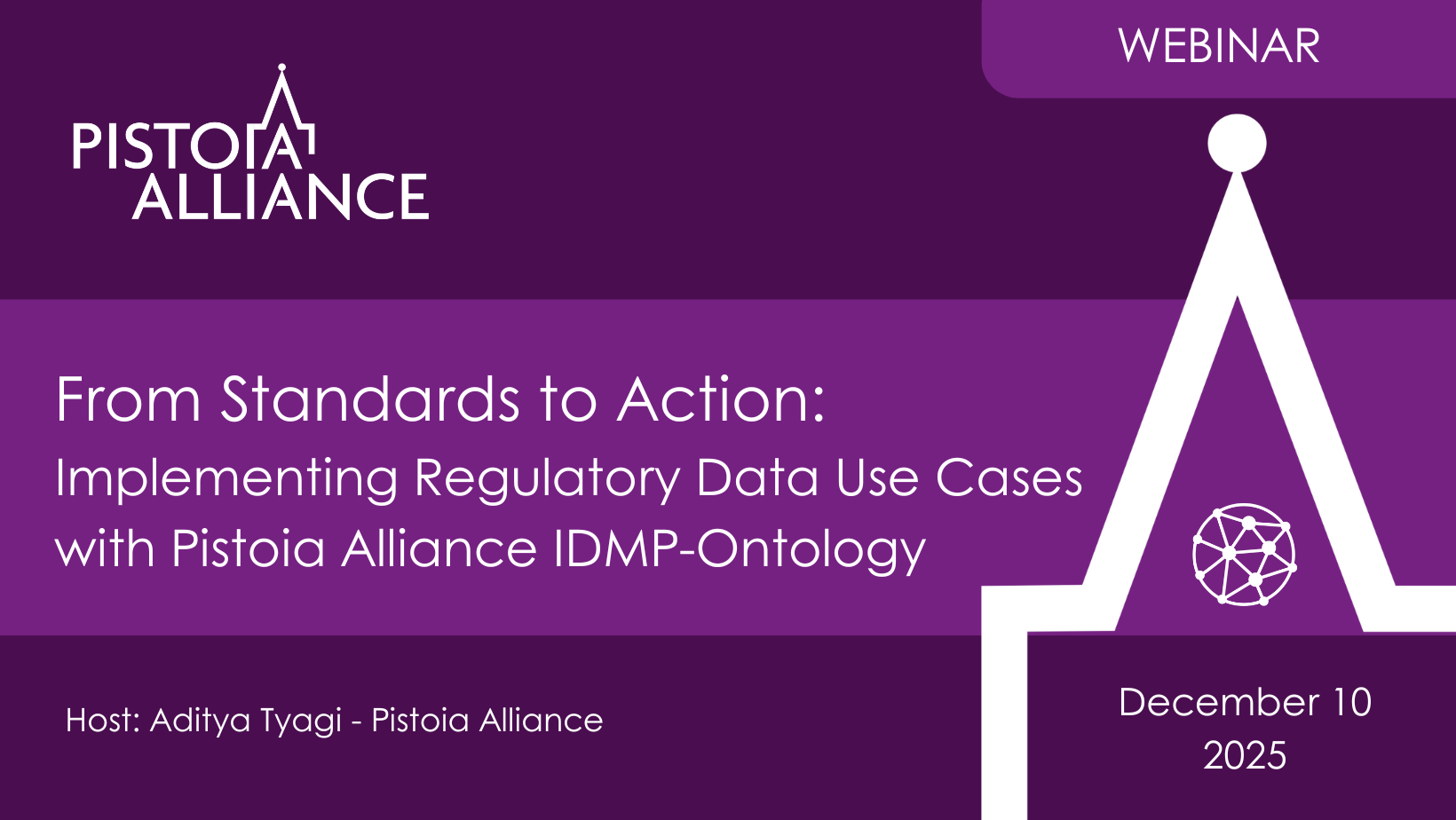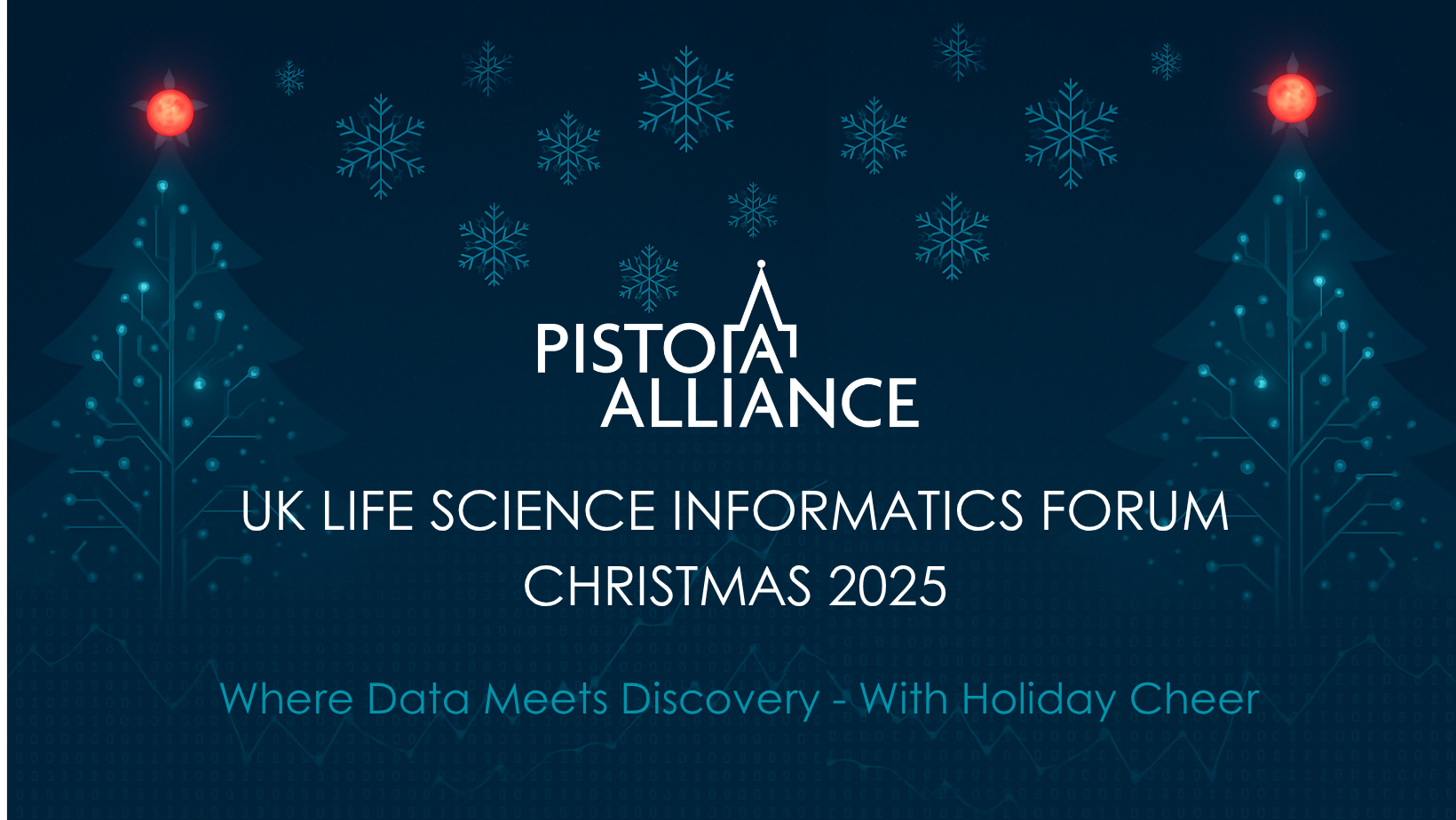This project established best practices and tool recommendations for the application, management and mapping of ontologies in life sciences
Overview
Ontologies can include hierarchical relationships, taxonomies, classifications and/or vocabularies which have become increasingly important in R&D with the growth of data and AI. They have numerous applications such as knowledge management, data integration and text mining where researchers need to analyse large quantities of complex data as part of their daily work. Mappings between ontologies extend their scope for application in a scalable and efficient manner.
Drawing on our large and established community with significant influence in the ontologies field, this project was established to help our members select top performing tools, methodologies and services for mapping and visualisation of ontologies and to enable better integration and analysis of data through better usage of public ontologies and mappings between them.
The project delivered The Ontologies Guidelines for Best Practice as well as tool recommendations. It also defined the requirements for an enterprise quality, ontologies mapping service. This enabled implementation of a prototype Ontologies Mappings Service for the phenotype and disease domain, working with the Samples, Phenotypes and Ontologies Team at EMBL-EBI.
The Paxo mapping algorithm and the predicted mappings for phenotype and disease ontologies are openly available. Predicted mappings have been made between public ontologies relevant to laboratory analytics for biology and chemistry to demonstrate the wide applicability of the algorithm.
The Pistoia Alliance continues to collaborate with clinical standards organizations within its FAIR community.
